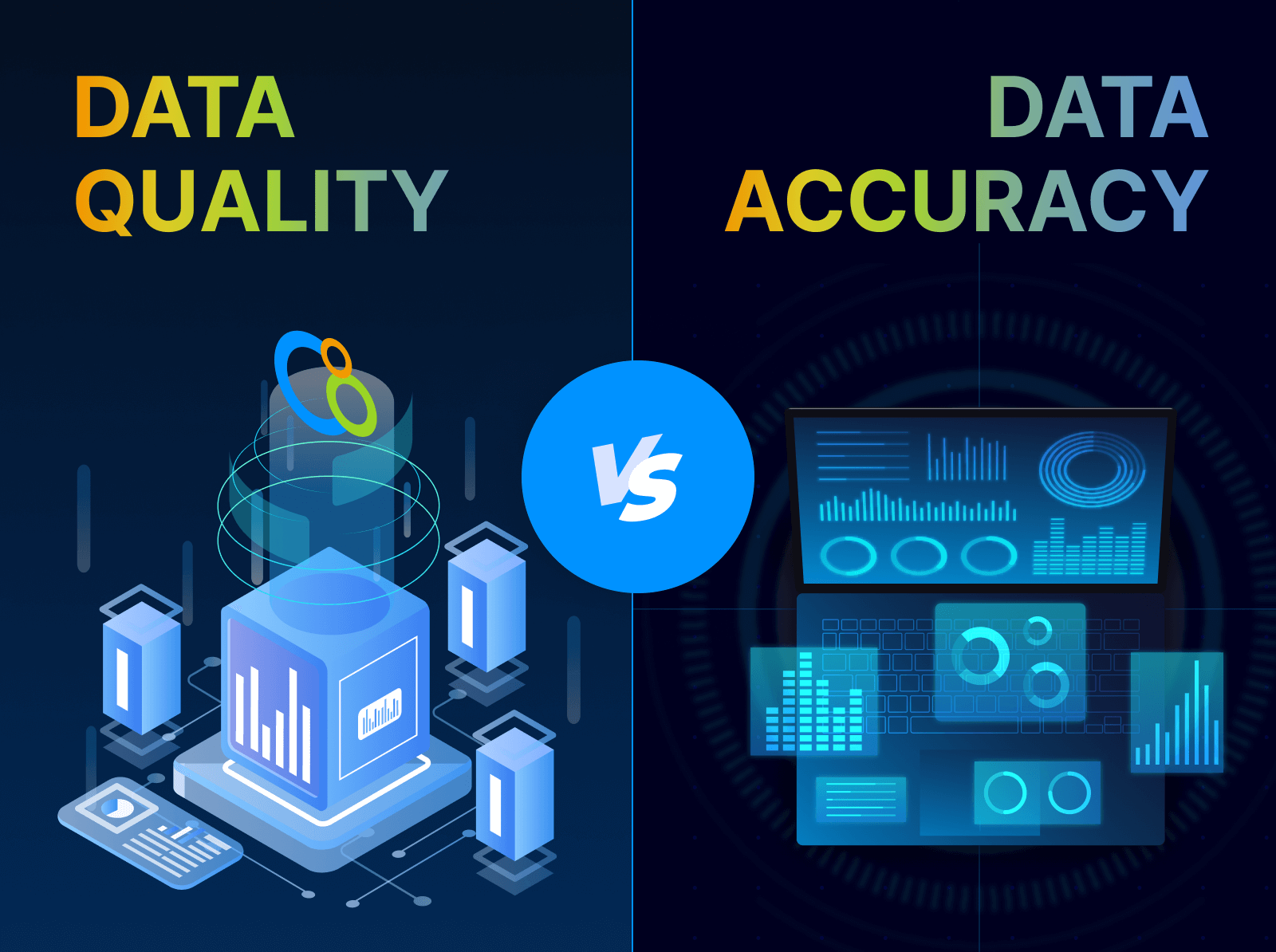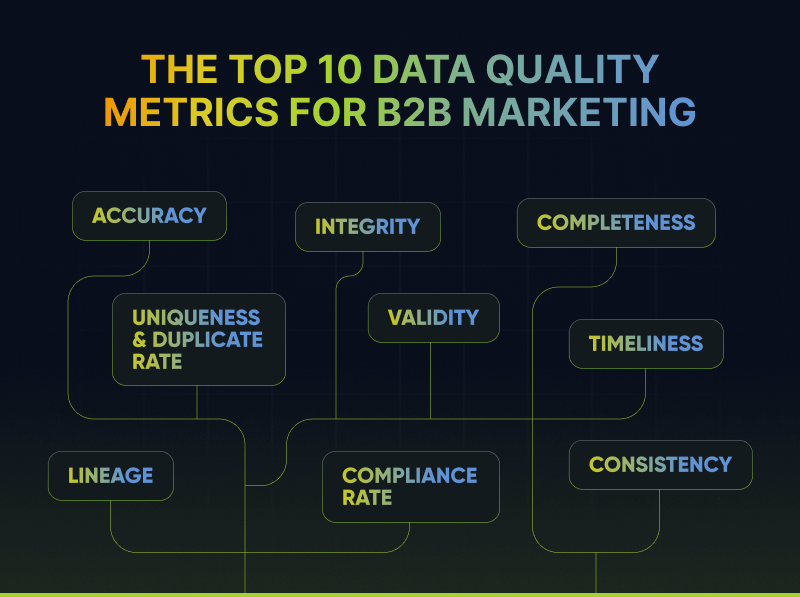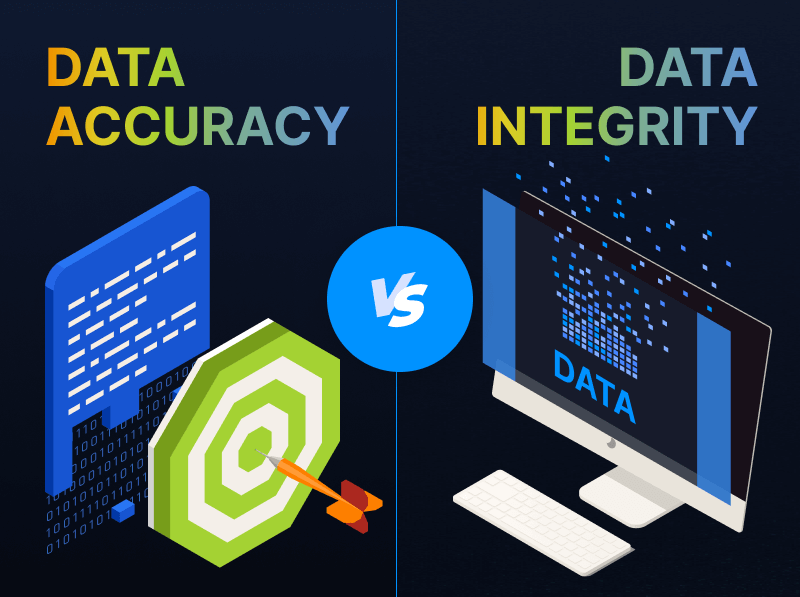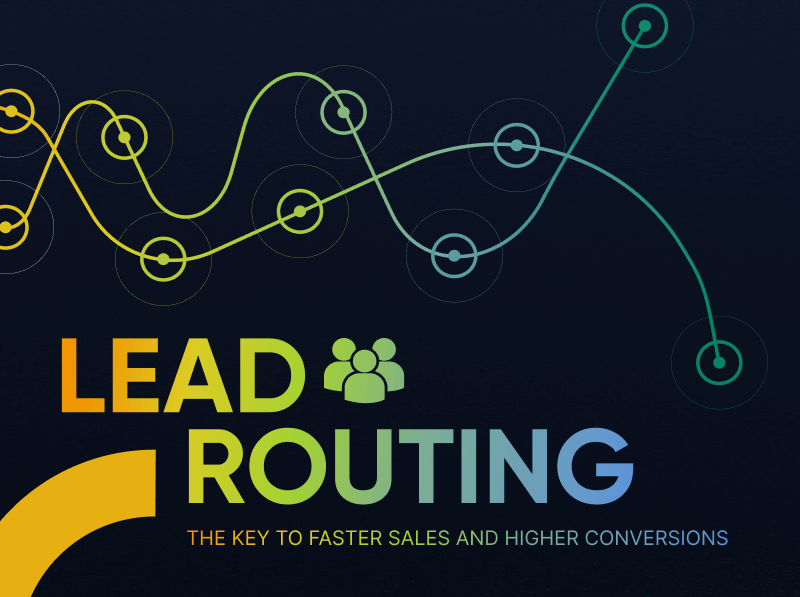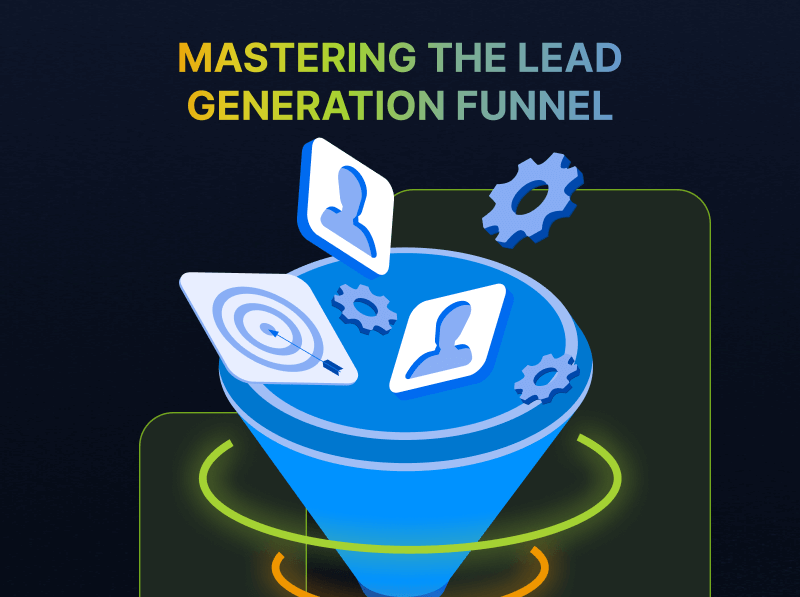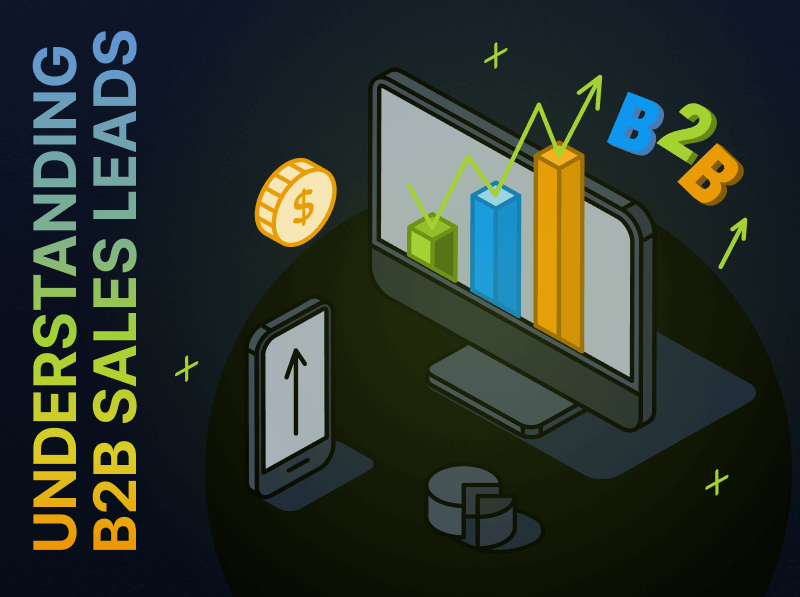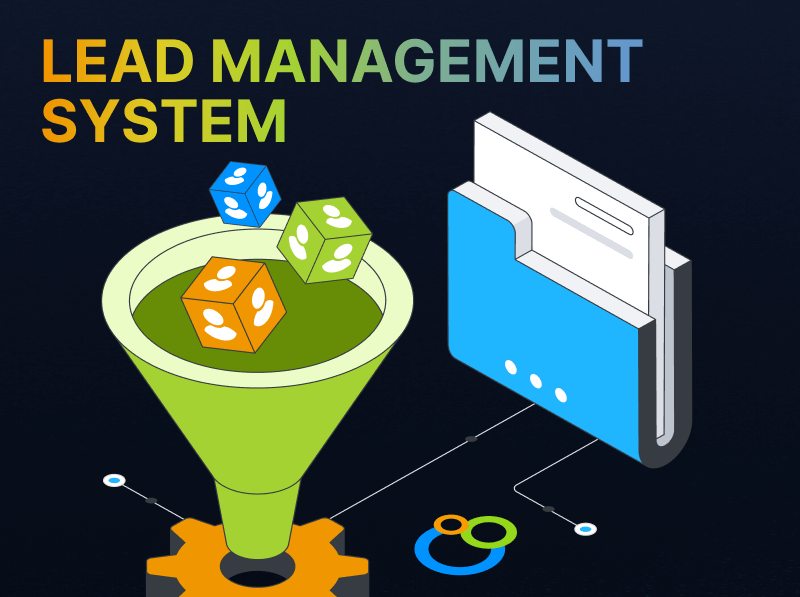What is the lead qualification process, and why does it matter?
Highlights
- Lead qualification filters for growth. It helps you focus on best-fit leads with real buying intent—saving time, improving conversion rate, and maximizing ROI.
- Quality beats quantity. The strongest pipelines aren’t the biggest, they’re the most accurate. Lead qualification ensures your sales team pursues only high-potential prospects.
- Fit, interest, and readiness matter most. Evaluating each lead by these three dimensions helps you understand who’s ready to buy now—and who needs more nurturing.
- Shared frameworks build alignment. When marketing and sales agree on what “qualified” means, both teams perform better and trust grows.
- Automation makes scale possible. Integrate’s AI-driven platform validates, cleans, and qualifies leads automatically, turning high lead volume into high-value opportunities.
You can spend millions filling the sales funnel. But if those leads never convert, what’s the point?
This is the reality for many enterprises. Over half of marketers estimate that 16–45% of their ad spend is wasted on irrelevant accounts, contributing to billions of dollars wasted annually.
Poor lead quality doesn’t just waste ad spend. It slows sales cycles, muddies ROI, and frustrates the very teams trying to drive growth.
The disconnect between marketing and sales is often rooted here: marketing celebrates volume, while sales wants precision. Without a shared process for qualifying leads, both sides lose time chasing the wrong people.
Lead qualification acts as a filter, screening out or disqualifying leads that aren’t a good fit. When used effectively, lead qualification pinpoints best-fit potential customers, helping you focus attention on high-quality leads that are most likely to convert.
Defining lead qualification in simple terms
Lead qualification is looking at the people who’ve shown interest in your business (leads) and determining which ones are worth pursuing. Marketing teams pass the leads that meet certain criteria on to sales, then delete or deprioritize the leads that don’t qualify.
This process should happen after lead generation (bringing in leads) and lead validation (verifying leads are real and usable). Qualification is the last round of vetting or culling, and it serves as the bridge between marketing campaigns and sales activity.
- Lead generation focuses on gathering lead data.
- Lead validation narrows down that pool to only legitimate leads with contact info.
- Lead qualification narrows the pool even further, considering fit + intent + timing.
Why the lead qualification process matters for growth
Not every lead that comes in is worth chasing. Some are from businesses that can’t afford your product or have no use for it. Others have such a low likelihood of converting into paying customers that they aren’t worth your sales reps’ time.
Lead qualification is the way marketing and sales teams get rid of those bad leads. By getting rid of them now, you reclaim sales time and effort that would’ve been wasted. And that’s time your sales team can redirect toward high-potential leads with better conversion odds.
Of course, lead qualification takes time and effort, too. But according to the 1-10-100 rule, the costs of removing bad data increase exponentially over time. It’s much easier (and cheaper) to filter out unqualified leads as they come in, rather than waiting until they’re embedded in your database.
Over time, stronger lead qualification leads to a more predictable sales pipeline, a better use of sales resources, and more efficient revenue generation.
Key elements of the lead qualification process
Look at the lead qualification process as a triage lens. You’re evaluating three elements: fit, interest, and readiness. You decide what to do with a lead based on how it qualifies or scores in each of these categories.
Keep in mind that this triage system isn’t precisely pass-fail. A lead might be really strong in one area but weak-to-middling in the other two. What you do with a lead like this depends on your objectives and sales processes. If it’s not a sales qualified lead (SQL) yet, but could be down the road, route it to another marketing funnel to let it warm up.
Fit – Does the lead match your ICP?
Every business, product, and service has an ideal customer profile (ICP)—a set of characteristics that make someone an ideal fit for what you’re selling:
- Industry
- Role
- Company size
Fit is foundational to qualified leads. If you sell six-figure enterprise software or SaaS tools to businesses with 5,000+ employees, a four-person startup just isn’t going to buy. So don’t waste time on that startup—it’s not the right fit.
Bonus tip: ICPs are vital for creating focus in sales and marketing. But don’t make your buyer persona too narrow. Sticking with our 5,000+ employee example, a business with 4,500 employees shouldn’t be automatically disqualified if they show good interest and readiness.
Interest – Is the lead engaged with your brand?
Your business probably uses a lot of different approaches to pull in leads, and some sources or actions can indicate more interest or engagement than others.
For example, someone who downloaded a single white paper may well be interested. But someone who followed up the white paper by requesting a 30-minute product demonstration is a far more engaged lead, and is likely closer to a purchasing decision.
Bonus tip: If your products have complex sales cycles, look at patterns of engagement, not just single interactions.
Readiness – Is the lead prepared to buy now?
Look for additional signals from a lead to determine how soon they plan to make a buying decision. Active or upcoming projects, implementation timelines, and even whether they have budget authority can all indicate how ready a lead is to buy.
Bonus tip: Readiness can help answer the question of what happens next. Some leads may qualify as short-term, sales-ready leads. Others may qualify for more marketing or nurture campaigns.
Popular frameworks for lead qualification
Many businesses use existing lead qualification frameworks like BANT, CHAMP, MEDDIC, and MEDDPICC. As you might expect, the longer the acronym, the more detailed, flexible, and complicated the system.
Which one you should use depends on the types of leads you’re working with, along with your:
- Industry
- Buying motion
- Products and services
- Complexity of sales process
You can use these frameworks as-is, but modifying them to fit your needs is typically a better option. We recommend building a lightweight hybrid model that fits your business, rather than changing your business to fit a rigid model.
BANT and its variants
- Budget: Can they afford it?
- Authority: Can they make the decision?
- Need: Do they need it?
- Timing: How soon might they buy?
BANT is a simple way to get large sales teams operating from the same playbook. It’s easy to understand and apply, but it’s uncomfortably rigid, too, especially in complex B2B environments where timing and need are sometimes flexible concepts.
CHAMP, MEDDIC, and other models
These newer frameworks seek to address BANT’s limitations by putting customer needs and decision processes first. They’re more complicated and, therefore, more complex to apply. But many businesses find the results worth the effort.
CHAMP:
- Challenges: What problem can you solve for them?
- Authority: Who decides to buy?
- Money: Can they afford it?
- Priority: How high a priority is the problem you can solve?
MEDDIC/MEDDPICC:
- Metrics: What measurable value can you provide?
- Economic buyer: Who decides to buy?
- Decision criteria: How do they weigh the decision?
- Decision process: What steps do they follow in deciding?
- Paper process: What functional steps take you from decision to “signature on paper”?
- Identify pain: What pain point do you solve (and do they feel it)?
- Competition: Who are you fighting for this sale?
- Champion: Who within the customer organization will promote this decision?
Building a hybrid model
For most businesses, we recommend adapting one of these frameworks to fit the contours of your sales process. Building your own model helps you balance simplicity and depth and align your framework with your culture and values.
The benefits of a strong lead qualification process
Getting lead qualification right delivers measurable results for marketers and sales teams alike. More leads buy, sales happen faster, and costs to acquire customers drop.
Organizations also get better reporting clarity, especially when they integrate data flows from various lead generation sources. In other words, you can actually see which channels are producing good leads, and which campaigns deliver higher ROI.
Higher sales productivity
Qualifying sales leads gets rid of leads that are unlikely to convert before sales invests time and energy going after them, meaning higher productivity for your sales team. Because they’re going after a best-fit audience, they can sell more, faster—without changing tactics or applying more effort.
The downstream effects are massive: higher win rates, less burnout on your sales team, and better trust between sales and marketing.
More accurate forecasting
Cleaning up your lead qualification also makes your pipeline metrics more trustworthy. By narrowing down what you call a lead, you gain more confidence and increase the likelihood that leads will develop into sales.
As a result, you can forecast sales trends and sales growth more accurately and assign the right resources in the right places at the right time.
Stronger marketing and sales alignment
Many businesses limit their segmentation to marketing qualified leads (MQLs) and sales qualified leads (SQLs). While this approach helps you see progression—marketing keeps nurturing MQLs until they turn into SQLs—it also creates friction when the two teams aren’t aligned.
Sales teams get frustrated by MQLs that slip through, while marketing teams are annoyed that sales is throwing away their hard work. Shared qualification rules help eliminate this disconnect.
When marketing and sales work together to build a single set of rules (or two sets that complement each other), it builds trust and teamwork. Both sides understand what constitutes a sales-ready lead, so they can follow up on a higher volume of better leads faster.
Common challenges in lead qualification
While lead qualification is a must, there are plenty of pitfalls that can trip up marketers and get in the way of strong performance. Be on the lookout for these common mistakes and challenges:
- Inconsistent lead qualification criteria: Using different criteria in sales and marketing creates a disconnect that pits the teams against each other.
- Subjective scoring and decision-making: Base your lead qualification on hard data, not vibes and gut feelings.
- Siloed data: If you’re only seeing part of the picture, it’s impossible to make a data-informed decision.
- Overengineered frameworks: Complicated, rigid frameworks slow teams down instead of empowering them.
Best practices for implementing lead qualification
So, how do you avoid those challenges? Follow these best practices to get the most value out of your lead qualification process.
Create a shared qualification framework
Work to build an agreement between marketing and sales about what “qualified” means. Ideally, you’ll have a single, shared framework that works for both groups. At minimum, both parties should agree on what rules and criteria trigger a lead to move from marketing to sales.
Document these shared rules in a common, accessible place, and schedule regular check-in meetings (perhaps quarterly) to revisit them.
That said, every company’s sales and marketing processes are unique. There may be a place for separate qualification rules, but if so, they should complement and not contradict each other.
Use behavior data, not just firmographics
While firmographics and demographics are important, they should be a starting point, not an end point. Engagement signals and behavioral data give a much fuller picture of a lead’s true interest and readiness.
One lead might check all your ICP boxes, but in reality, they’re a bloated, traditional enterprise that has no interest in cutting-edge SaaS products. Another lead might not align perfectly with your ICP, but they download a white paper, sign up for your email newsletter, attend a webinar, and request a demo.
The first lead might look better on paper, but the second lead’s behavior tells a different story. That behavior predicts buying intent in a way that demographics alone can’t.
Prioritize leads with scoring and tiers
Lead qualification looks different as it scales. Large organizations with high lead-gen volumes may need to prioritize further than a simple “sell or delete” approach.
Lead scoring models and tiering systems divide qualified leads into smaller buckets based on warmth (likelihood of sale), account size, and other factors. By scoring leads, large sales divisions can prioritize and assign those leads appropriately.
Bonus tip: Refine your scoring systems over time using feedback loops. Note closed-won and closed-lost feedback compared to the score or tier that lead was initially assigned. Make adjustments based on what actually won, feeding those characteristics back into your scoring system.
Integrate enhances lead qualification at scale
Lead qualification brings plenty of challenges. And doing it at scale is even more complex. Manual qualification adds unsustainable bottlenecks, but too many automated tools underperform and even eliminate valuable leads.
Integrate is different. Our lead management platform seamlessly connects data from all your lead generation sources. Powerful AI-driven automations validate and qualify leads accurately before they reach sales.
Our platform directly integrates with enterprise customer relationship management (CRM) software and marketing automation platforms (MAPs), which benefits you in a few ways:
- This integration unites user data, giving you a complete picture of behavior, demographics, and interest, all in one place.
- Lead management and qualification data flows instantly into your CRM or MAP, keeping your customer success and marketing efforts rolling without manual data entry.
Integrate is the tool enterprise marketers trust to streamline lead prioritization and attribution for more closed deals and stronger proof of marketing ROI.
Turn lead volume into real opportunities
Lead qualification is vital for businesses that want to supercharge sales efficiency, reduce wasted ad spend, and eliminate bad data. It’s the key to efficient, measurable growth and the difference between wildly chasing leads and growing a serious, sustainable sales pipeline.
Integrate is the missing piece to qualifying leads at scale. Our platform automatically gathers leads from numerous sources, then validates, cleans, and qualifies them according to your priorities.
You reap the benefits—sales teams focused on high-converting leads, and marketing teams focused on reaching the right audiences—without the manual lift.
We’ve already helped clients achieve a 6x boost in pipeline value and a 21% increase in marketing-attributed closed deals, and we’re ready to help your business do the same.
See what you can achieve with a better approach to lead qualification: Request your demo now.

